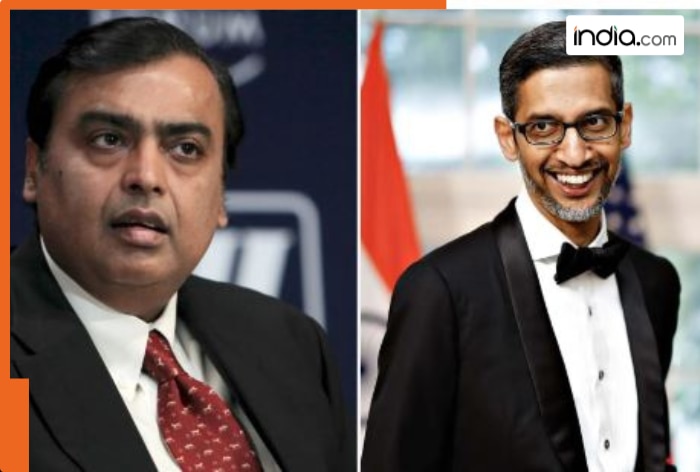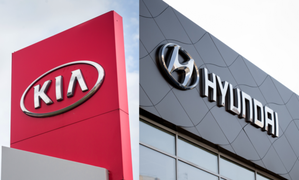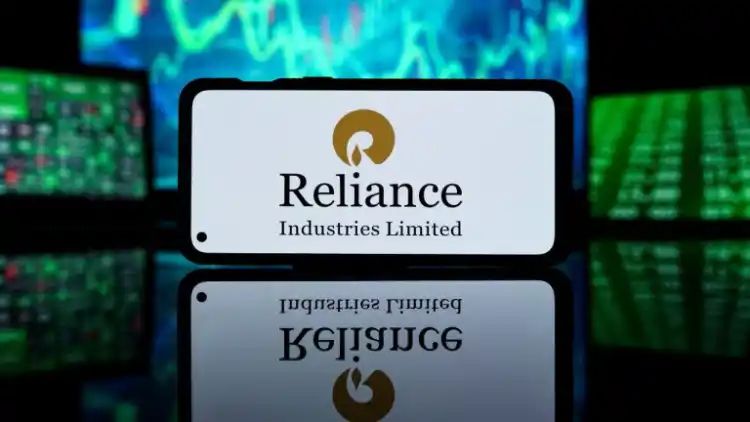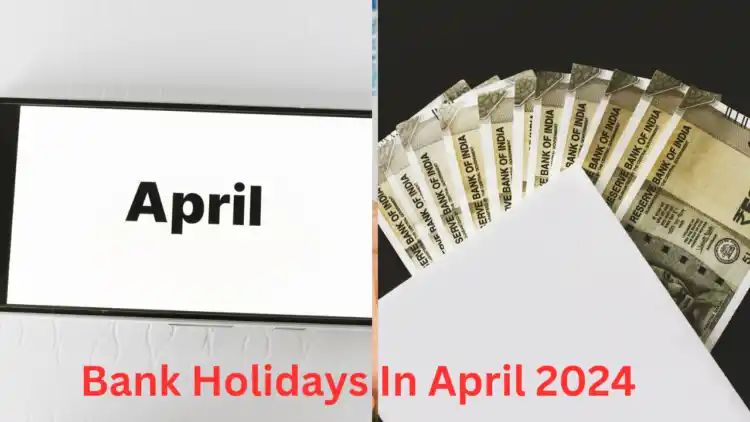Big challenge for Mukesh Ambani, Noel Tata as Sundar Pichai’s Google, Mark Zuckerberg ‘s Meta set to…

Global tech giants Google and Meta are investing billions of dollars in subsea cable infrastructure in India, positioning themselves as challengers to local telecom leaders such as Mukesh Ambani led Reliance Jio, Sunil Mittal led Bharti Airtel, and Noel Tata led Tata Communications.
This strategic move comes as India emerges as a major data hub amid a rapid boom in data centers, according to a report by The Economic Times.
Cost-Effective Solutions from Independent Players
While traditional telecom players like Airtel and Tata Communications have long dominated the subsea cable market, independent operators such as Sify Technologies and Lightstorm are gaining traction. They are offering cost-effective cable landing solutions, posing additional competition to the incumbents.
Google’s Blue-Raman Cable
Google plans to launch the Blue-Raman Submarine Cable System in Mumbai by the first quarter of 2025. The $400-million project, developed in collaboration with Italy’s Sparkle and others, boasts an impressive 218-Tbps capacity. This will mark Google’s 18th investment in global subsea cable infrastructure, underlining its focus on India as a critical market.
Meta’s $10-Billion Cable Project Targets India
Meta is investing $10 billion in a submarine cable system that is expected to deliver an extraordinary 500-Tbps capacity by 2026. The cable will pass through India, which is a key market for both consumer and enterprise AI applications. Potential landing points for Meta’s project include Gujarat, where Reliance is establishing a 1-gigawatt AI data center, or Chennai, which already hosts a Reliance-operated data center.
India’s Strategic Role in Subsea Infrastructure Growth
India’s location and growing data demand make it a critical player in global subsea infrastructure. Between 2016 and 2020, 107 new subsea cables were laid globally, worth $13.8 billion. An additional $18 billion is expected to be invested between 2021 and 2025.
Vinay Nagpal, CEO of InterGlobix LLC, noted a shift in subsea cable traffic, with 50% now driven by OTT platforms and hyperscalers like Google, Meta, Amazon, and Microsoft.
Reliance Jio and Airtel’s Subsea Projects
Domestic players are also scaling up their subsea infrastructure. Reliance Jio and Airtel are working on high-capacity systems like 2Africa Pearls, India-Asia-Express (IAX), and India-Europe-Express (IEX). These projects aim to quadruple their existing capacity by early 2025.
India’s optical fiber market, critical for the country’s digital backbone, is currently dominated by Airtel and Tata Communications. However, Reliance Jio, a newer player, is aggressively expanding its network to meet surging data demand.





